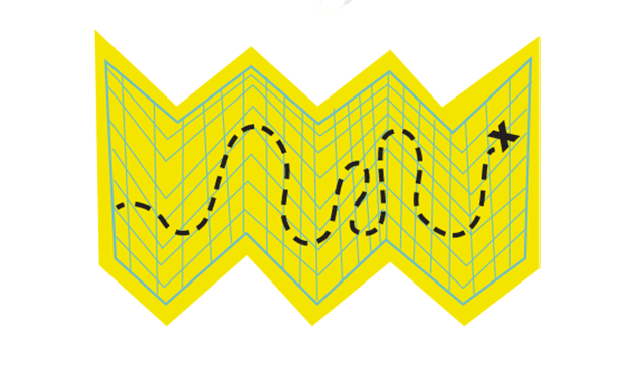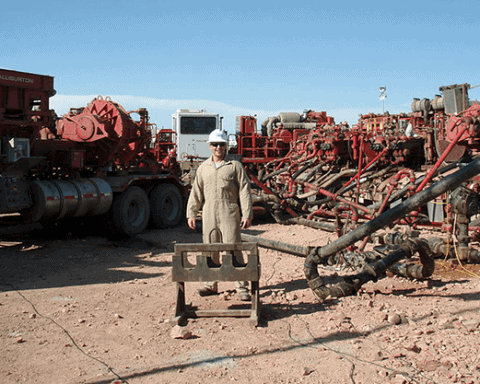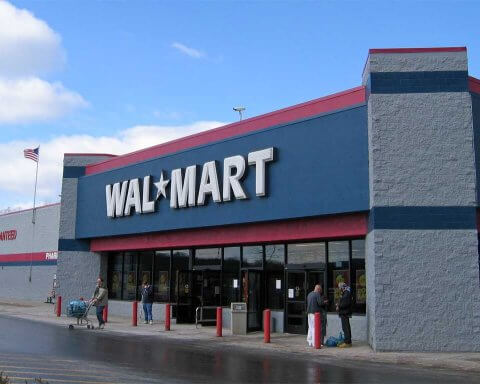In the world of sustainable purchasing, the players are at sea. Buyers, sellers and standard setters are like ships in uncharted waters.
Enter the Sustainable Purchasing Leadership Council (SPLC), launched this past summer. The non-profit’s mission is to provide a space for measuring, guiding and recognizing leadership in sustainable purchasing. One of its greatest strengths, the broad stakeholder representation, also provides one of its greatest challenges: How to prioritize so many different interests? It’s a challenge the council’s interim executive director and members say they’re eager to face.
According to SPLC executive director Jason Pearson, the council’s ambitions within sustainable, institutional purchasing are analogous to the accomplishments of the Leadership in Energy and Environmental Design (LEED) standards established by the U.S. Green Building Council (USGBC).
“One of the reasons that USGBC has been successful is that it has identified a place in the marketplace where some very important decisions are made by a relatively small group of people,” says Pearson. “We see the decisions that are being made by the procurement profession as a similar type of decision, a very important decision that once made has significant economic, social and environmental consequences.” By the council’s calculations, institutional purchasing in the U.S. alone accounts for 10 per cent of global greenhouse gas emissions.
The SPLC grew out of an earlier initiative, the Green Product Roundtable, which focused on two questions: What is a green product? And what is a credible green product claim? The results of those discussions became the intellectual framework for the council, which is made up of 33 initial members – 15 institutional purchasers, 11 suppliers and seven advisors.
Pearson says one half of what the council will do is coordinate, support and enhance the activities of its members. Second, it will build resources, including a set of principles for leadership, a global survey of existing resources in the short term, and a rating system expected to be in testing by 2015. Although the council is global in aim, the initial system will focus on North America.
To create these resources, the council will have to prioritize the varied interests of its membership. Pearson says the SPLC will likely identify some broad categories of particular importance. “Some examples that I think are obvious would be electricity purchasing, purchasing of food and food services, construction, fuels – we know that these are very important categories to understand and focus on.”
Pearson uses institutional food purchasing as an example of how prioritization will also need to be done at a sub-category. Some organizations might be inclined to focus on whether food is organic, others on whether it’s local and still others on how much food is being wasted, he says. “The question of what leadership looks like and how much weight you assign to any of those actions – buying organic, buying local, reducing food waste – will be an interesting conversation,” says Pearson. “One that we look forward to, but one that will be challenging to resolve.”
From a seller’s perspective, a major challenge in the past has been what CarbonNeutral’s Mark LaCroix calls the “institutional inertia” of large, bureaucratic organizations. “My hope is that we stop looking at sustainability as this separate department or program and we start integrating it into the lens through which we view the entire business,” says LaCroix. “We offer a service or a product that is, frankly, not well understood,” he says, referring to environmental credits. A typical corporate procurement group, according to LaCroix, won’t know what questions to ask.
“We need help,” agrees Kent Allin, chief procurement officer for the state of Minnesota. “Cleaning products is one example of where you start looking at those environmental labels and your head starts to spin.” Without support, Allin says, “The issues get so complex that the buyers really can’t be experts in all the things they need to know.”
Billy Goldsmith, U.S. national coordinator for Fair Trade, a founding member of and market advisor to the SPLC, describes the council’s challenges as opportunities. “I have not seen a more diverse, yet focused group of stakeholders come together for something like this before,” Goldsmith says. “In my mind, the challenge is really going to be navigating all those opportunities and just figuring out the most strategic steps forward.”





